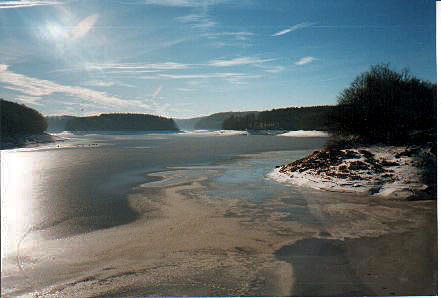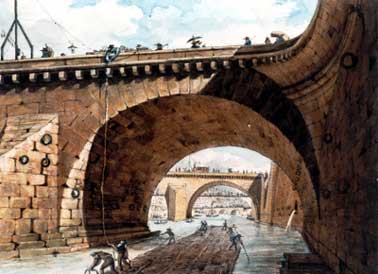|
Lakes : a leisure arisen from the floating |
|
|
|
As many lakes of the Morvan, Pannecière-Chaumard, Chaumeçon, Crescent, the Settons was created to regulate the rivers and allow the floating of the wood. Today, it is completely dedicated to the green leisure activities and benefits from nautical installations since 1973. As only exceptions, Saint-Agnan and Chamboux , constitute reserves of drinking water. All these lakes are situated in the north part of Morvan, called the "Low Morvan". |

